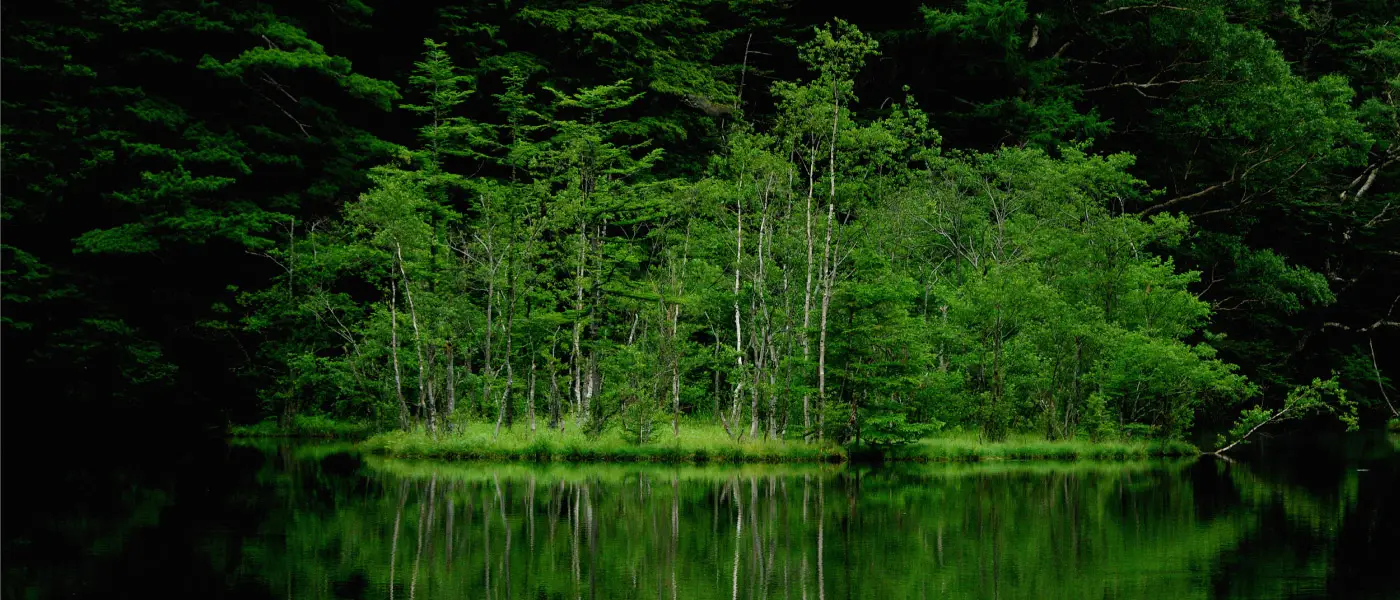
Climbing Mount Tsurugi at the end of the 2012 season.
My how time flies. A year ago, we were celebrating Japan’s first ever Mountain Day (山の日), a newly minted national holiday intended to encourage greater participation in alpine sports. Now, in anticipation of Japan’s second annual Mountain Day, we’ve tracked down some proper mountain enthusiasts to ask them about their experiences in the Northern Japan Alps. A common thread among long term residents of Nagano is a love of mountains, and these folks have devoted hundreds of hours to celebrating that love on many famous peaks.
We'll be featuring one of these interviews every day in the lead-up to Mountain Day, 2017. Whether you're already familiar with Japan's Hida Mountain Range (AKA Northern Alps/Kita Alps), or a newcomer looking to get into hiking here, we hope these posts give you some food for thought.

The lodge atop Mount Kita Hotaka is the highest in Japan, boasting incredible views year round.
(Tammy Akahane has lived in and around Omachi City since 2004. She first experienced climbing in the Alps when she joined her students at Nishinadai JHS for a school excursion some 12 years ago. By a twist of fate, she is now returning to her old school to resume teaching duties after eight years in Matsukawa Village.)
Q: ご無沙汰, Tammy-san. I'd like to ask you some questions, if that's OK.
A: Go for it!
Q: When did you first experience hiking in the Kita Alps?
A: It must have been climbing Mt. Jii with the local JHS students, an overnight excursion with lots of mandatory stops along the way. (But I really got hooked on the Kita Alps when I climbed to Karasawa Col in spring).

Atop Tsurugi, where total strangers will congratulate you for making it to the summit.
Q: In brief, what are some of your favorite hikes?
A: Two that come to mind are Okuhodaka-dake to Maehotaka-dake, Tsurugi-dake. Both are rather dangerous for beginners.



Where eagles dare: the peak of Mae-ho, 3,090m

Autumn colors on display. Hotaka Range.
Q: Tell us about one or two of your most memorable experiences in the Kita Alps.
A: That's tough. There are too many to count really
1. Seeing the sunrise and Morgenröte* over Yari and the Hotakas from Mt. Tsubakuro in spring. Just spectacular.

*Morgenröte, meaning literally "morning red" in German, occurs when the sunrise paints the mountaintops red in the early morning. (photo: Tammy Akahane).
2. The curry at KitaHo's hut after coming across the Daikiretto.

Feeling a bit rough after crossing the Daikiretto? Try relaxing with a hearty plate of curry on the patio of the famous Kita Hotaka Goya. (photo: Tammy Akahane)
3. The view from Karasawa hutte on that perfect spring morning.

You could certainly do a lot worse that the Karasawa Col on a clear spring morning.
4. Walking along the saddle between Kashimayari's two peaks after clearing the Hachimine Ridge. For years, I have been gazing at these peaks from home and snowboarding at nearby slopes in the winter. Finally getting to walk along the entire ridge was incredible!

The marker between the peaks atop Kashimayari, part of a wild twelve hour hike from Mount Goryu to Ogizawa.
Q: What time of year do you like best for hiking?
A: That'd depend on the walk. Early spring for easier walks. The weather is good, snow views are amazing, and there are fewer people. Late summer/early autumn otherwise.
Q: If you could do any hike again, which would it be?
A: I would have to go with Okuhodaka to Maehotaka again. The views of Kamikochi, the Gendarme and Yari are difficult to beat.
Q: We’ve all been sitting on some mountain plans for a while now. What would you like to do next and what’s your basic plan from start to finish?
A: I've been wanting to do the 下の廊下 (shita no rouka, or "the lower corridor") below the Kurobe Dam for ages! My plan would be to start from the dam, spend two days walking, stay at hut, catch trains back to Nagano from Toyama. My gear would have to be light and compact due to narrow walking spaces. Unfortunately, it can only be done in autumn, and since it's a ravine I would only go during a spell of dry weather.
Q: What style of hiking/climbing do you enjoy most?
A: I enjoy ridge walking with a bit of rock scrambling!! This is by far and away my favourite part of climbing.

The hairy, scary paths of Tsurugi. If you like scrambling and ridge walking, you'll be right at home.
Q: Can you think of a particularly memorable animal sighting on one of your hikes? Is there any animal you’d like to see, but haven’t yet?
A: Raicho of course. I remember seeing about six of them on Tsubakuro, including several pairs of mates. Another time, I heard their monster-like croak coming out of the mist at Tateyama. I also remember seeing a monkey at high altitude - memorable because it was on raicho territory and they attack raicho. I've never seen an okojo (stoat) in the wild, but would really like to.

Tsubakuro's cutest couple: the male (L) and female (R) rock ptarmigan enjoy a stroll along the ridge, largely oblivious to human presence.
Q: What sort of food do you pack for long hikes?
A: I like the mountain hut food so pack lightly. But I always take energy bars with me, as well as some umeboshi onigiri, cranberries and other dried fruits.
Q: Any plans for Mountain Day?
A: My younger sister's in Japan so will be in Kyoto with her. Otherwise, I'd ideally be climbing but more likely having a BBQ/going to Aokiko.
Q: Well, thanks for your time, Tammy. We hope you enjoy your next trip out to the hills.
A: No problem!
* * *
We'll be back tomorrow with another interview. Be sure to check in again!




